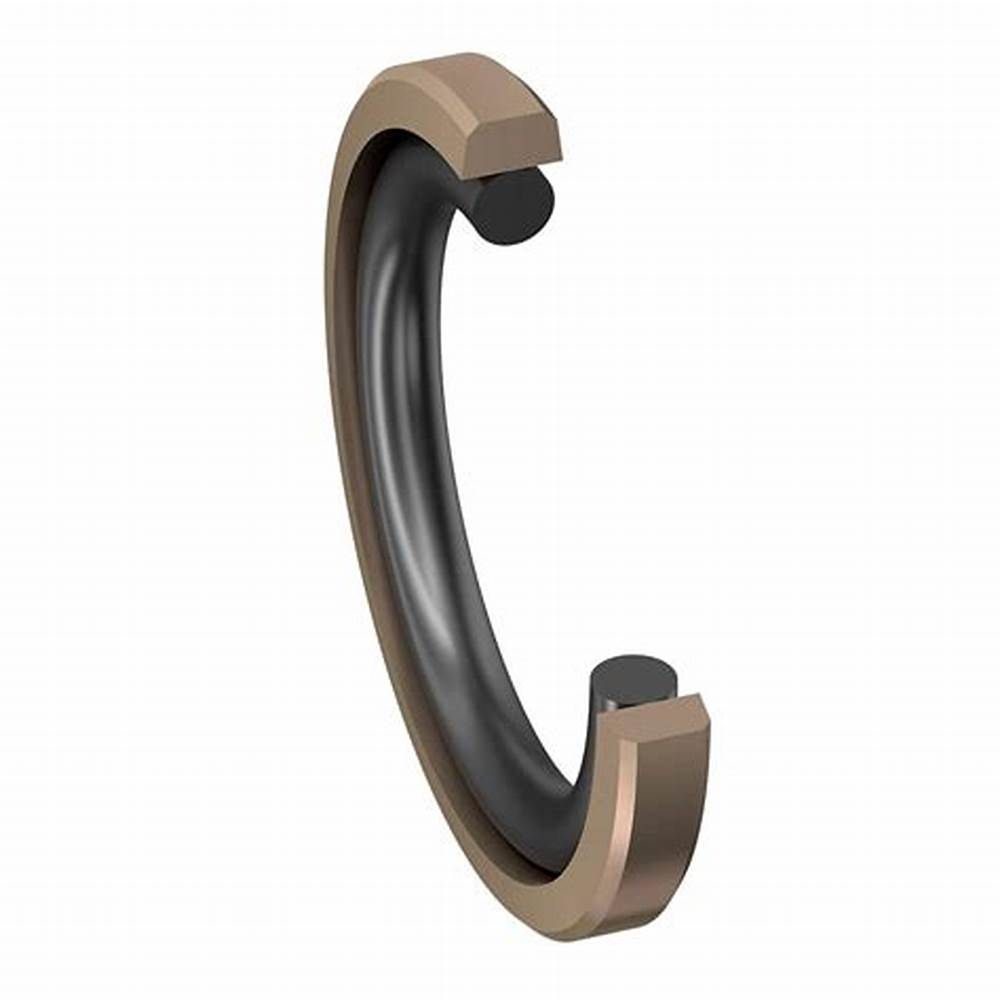Excavators are heavy machines used in the construction and mining industries that rely on a variety of components to operate efficiently. Among these important components, the oil seal plays a vital role in preventing fluid leakage and ensuring the smooth operation of the excavator. In this blog, we will explore the different types of oil seals commonly used in excavators and their functions.
1. Piston seal:
Piston seals are used in excavator hydraulic cylinders to prevent hydraulic oil from leaking. These seals are designed to withstand high pressures and are typically molded from a variety of materials including nitrile rubber, polyurethane, and fluorocarbon elastomers. Piston seals provide a tight seal around the piston, allowing it to move with minimal friction while maintaining hydraulic efficiency.
2. Rod seal:
Rod seals are mounted on the outer surface of hydraulic cylinder rods to prevent leakage as the piston moves back and forth. Like piston seals, rod seals are also subject to high pressure and must have excellent wear resistance and sealing capabilities. Nitrile, polyurethane, and PTFE are commonly used to manufacture rod seals.
3. Dust seal:
Dust seals, also known as dust seals, are the first line of defense against external contaminants such as dust, dirt, and moisture. Mounted on the outside of the hydraulic cylinder, these seals keep debris out, increasing the life of other seals and the overall hydraulic system.
Post time: Sep-06-2023







